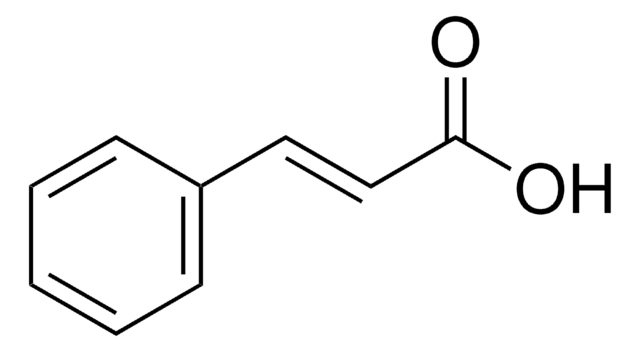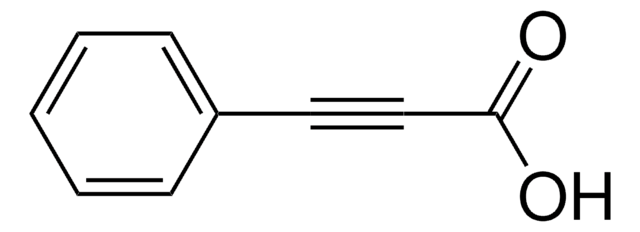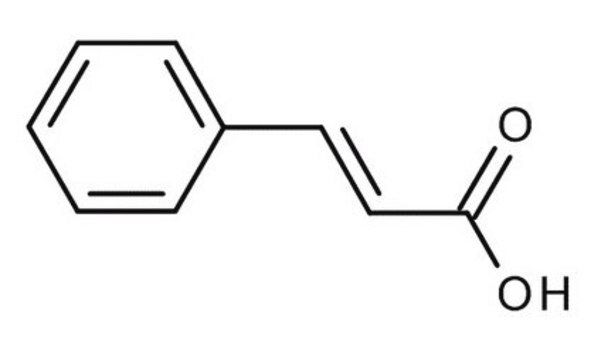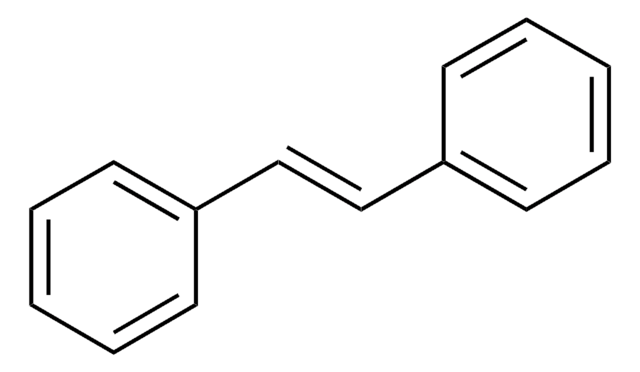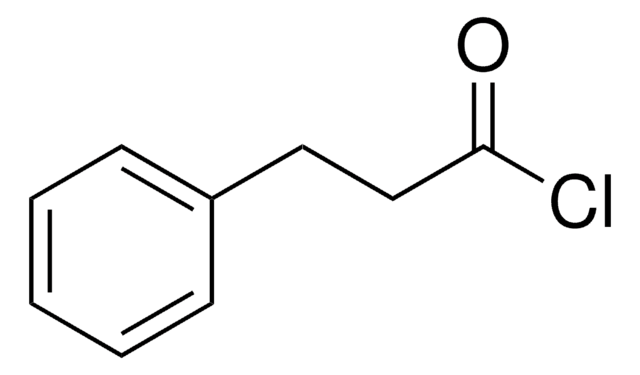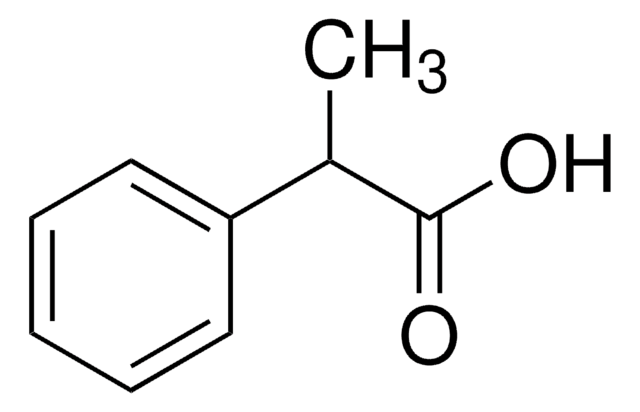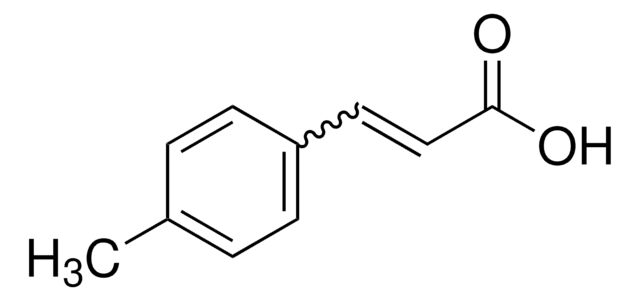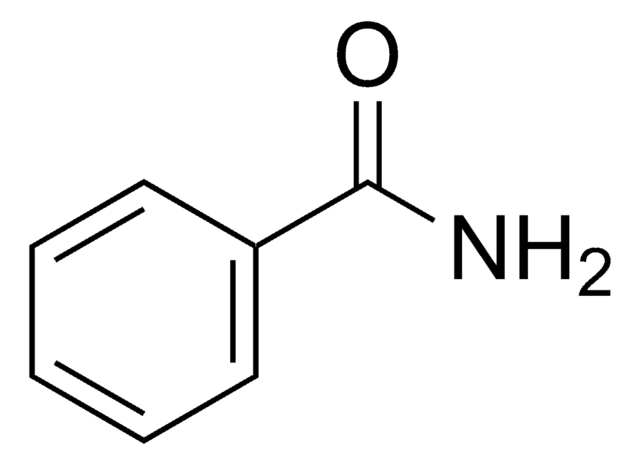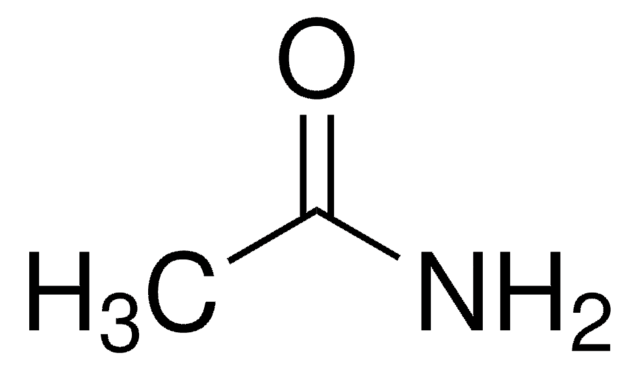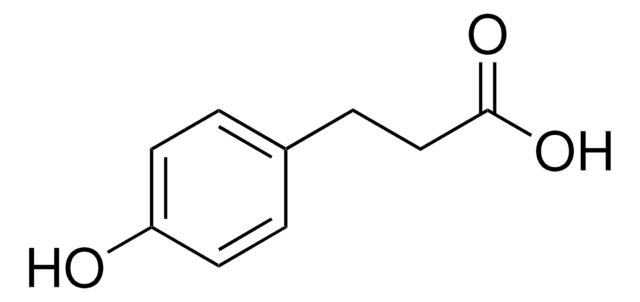135232
Hydrocinnamic acid
99%
Sinônimo(s):
3-Phenylpropionic acid, Benzylacetic acid
About This Item
Produtos recomendados
Nível de qualidade
Ensaio
99%
Formulário
solid
p.e.
280 °C (lit.)
pf
45-48 °C (lit.)
solubilidade
ethanol: soluble 50 mg/mL, clear, colorless to faintly yellow
densidade
1.071 g/mL at 25 °C (lit.)
grupo funcional
carboxylic acid
phenyl
cadeia de caracteres SMILES
OC(=O)CCc1ccccc1
InChI
1S/C9H10O2/c10-9(11)7-6-8-4-2-1-3-5-8/h1-5H,6-7H2,(H,10,11)
chave InChI
XMIIGOLPHOKFCH-UHFFFAOYSA-N
Procurando produtos similares? Visita Guia de comparação de produtos
Descrição geral
Aplicação
Código de classe de armazenamento
11 - Combustible Solids
Classe de risco de água (WGK)
WGK 1
Ponto de fulgor (°F)
235.4 °F - closed cup
Ponto de fulgor (°C)
113 °C - closed cup
Equipamento de proteção individual
Eyeshields, Gloves, type N95 (US)
Escolha uma das versões mais recentes:
Já possui este produto?
Encontre a documentação dos produtos que você adquiriu recentemente na biblioteca de documentos.
Os clientes também visualizaram
Nossa equipe de cientistas tem experiência em todas as áreas de pesquisa, incluindo Life Sciences, ciência de materiais, síntese química, cromatografia, química analítica e muitas outras.
Entre em contato com a assistência técnica